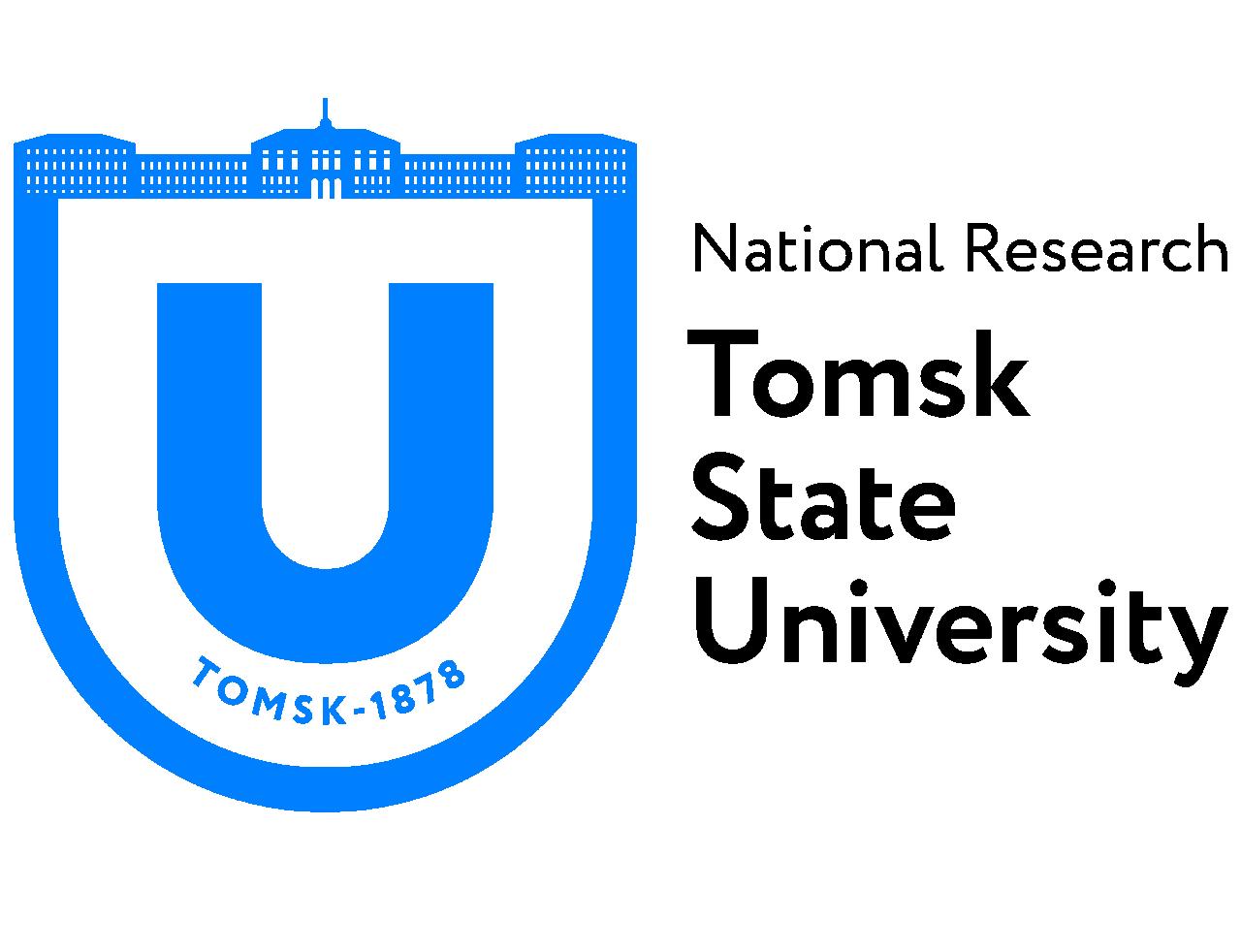Tomsk State University: TSU-developed paint will help fight nosocomial infections
Nosocomial (hospital-acquired) infections are a serious issue that is yet to be solved. They worsen patients’ condition, are highly resistant to antibiotics, and are hard to cure. In the government-supported project, TSU and the corporation Yaroslavskie Kraski created a new type of paint enhanced with biocidal nanoparticles that can neutralize most of the common pathogens. The new paint will soon be used on the walls of two Tomsk Region hospitals.
Developing new materials for ensuring the safety of the nation is one of the central research areas of TSU. It is supported by a number of governmental programs, including the Priority 2030 program.
“The paint has biocidal properties thanks to the TSU scientists. They developed zinc oxide nanoparticles doped with silver,” explains Alexander Vorozhtsov, TSU Vice-Rector for Research and Innovation. “It has been experimentally proved that these particles are effective in fighting against a lot of pathogens, including A/H1N1 flu virus and SARS-CoV-2, as well as widespread nosocomial bacterial infections like E. coli, Staphylococcus aureus, Pseudomonas aeruginosa and others.”
Pilot testing of the paint will be conducted in Timiryazev Central Regional Hospital and B.I. Alperovich City Clinical Hospital No 3, where biocidal paint is needed due to high risk of infection.
The paint Premia has two types of composition: the first has already been tested and certified, and the second is an upgraded and cheaper version of the first, which makes it more available to the potential buyer. The laboratory studies demonstrate that it is no less effective than the first type.
The paint will be used in hospitals in emergency rooms, wards, treatment rooms, relatively clean areas, and, in one hospital, a manipulation room. In the following six months, the scientists will take wipe-samples to determine the presence of bacteria and viruses, determine the efficiency of different types of compositions, and investigate nanoparticle activity.
As the developers note, preliminary tests of concentrated nanoparticles proved their effectiveness against the most widespread nosocomial infections. The researchers aim to preserve this result for paint with biocidal properties.

